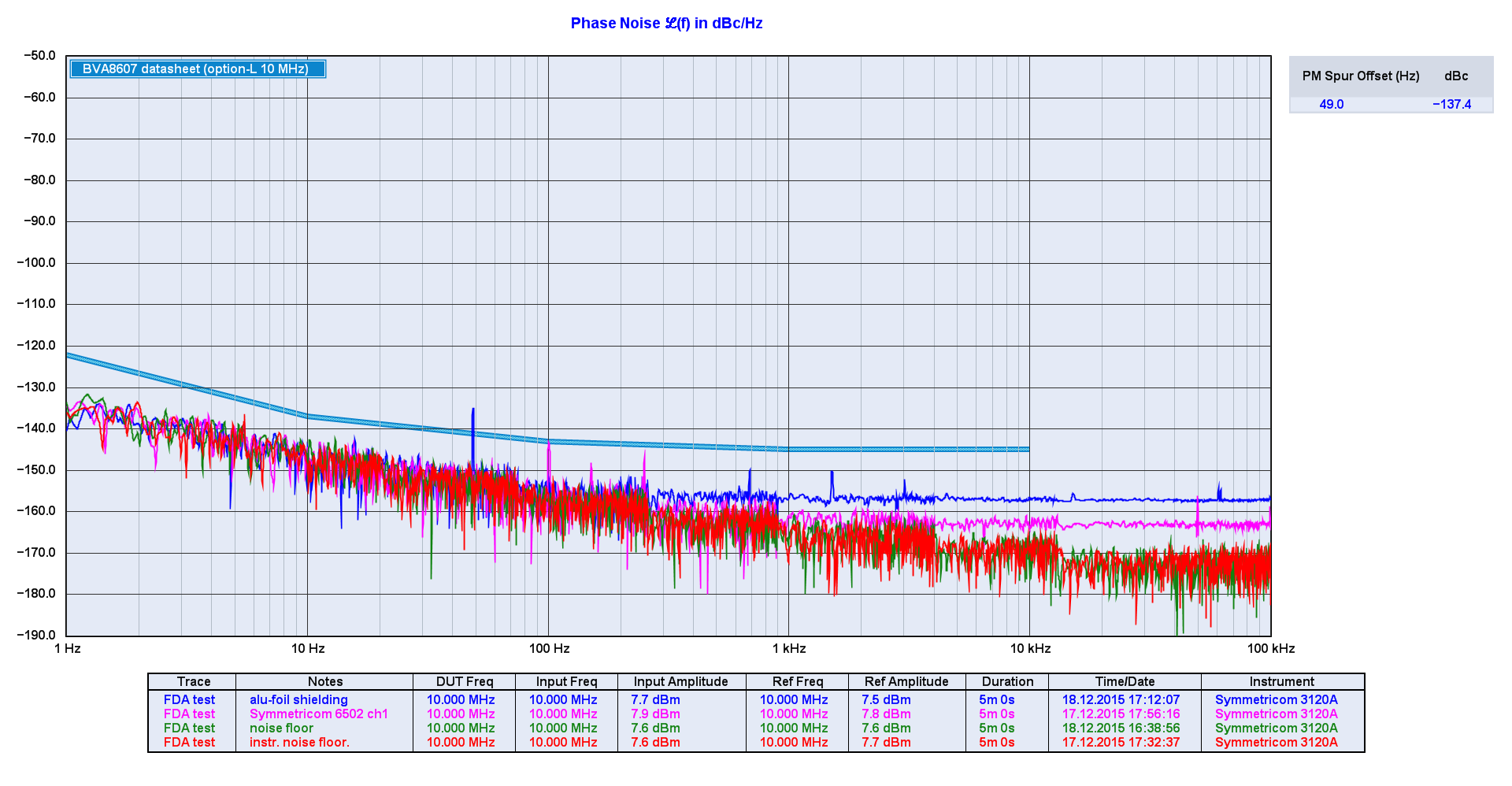Shtampi Dlya Chercheniya A3 I A1
72:11 A person is obligated to finish reviewing the weekly Torah portion, along with the public Torah readings. He should go over it each week twice in the original Hebrew and once in the Aramaic translation of Onkelos (shnayim Mikra v’echad Targum). The earliest time to begin reviewing the parsha is Sunday, the community having already started the coming week’s parsha in shul on Shabbos afternoon, although the optimum time is on Friday afternoon. A person should read each paragraph twice in the original Hebrew, followed by its Aramaic translation. Even if a paragraph ends in the middle of a verse, one should stop there and read the translation. (Mishnah Brurah 285:2 cites other opinions.
/gnb-welding/57-apparat-dlya-svarki-polietilenovyh-trub-rdh160-63.html 12 0.00%. 5 0.00% 5 0.00%.xyz/kalendari/zakazat-listovoy-kalendar-formata-a1-v-krasnozavodske.html 4.xyz/kalendari/korostin-zakazat-kalendari-kvartalnie-s-shapkoy-formata-a3.html 4.
The vile lair for pc. The Vile Lair is an official add-on for Oblivion providing your character with a new house, an underwater lair known as Deepscorn Hollow. The add-on also introduces Rowley Eardwulf, an apprentice merchant with 2,000 gold. The Vile Lair is an official download for Oblivion providing your character with a new house, an underwater lair known as Deepscorn Hollow. The lair boasts several unique features; the Garden of Venomgrowth where various poisonous plants grow, including the deadly chokeberry, the Font of Renewal, where a player can be purged of vampirism. The Vile Lair (DLC5) is the sixth official plug-in for The Elder Scrolls IV: Oblivion released by Bethesda Softworks.It was released on July 13th, 2006. It requires the v1.1.511 patch to work. 🔥THE VILE LAIR🔥 This DLC pack is a hideout/home reserved solely for the DARKEST of CYRODILL'S citizens. Truly complimenting THE DARK BROTHERHOOD and THE NIGHT MOTHER and THE BLACK HAND of THE DREAD FATHER SITHIS.💀 👻.
One says to read each verse twice, followed by its translation; another says to read the entire parsha twice, then the Targum. He concludes that a person may follow any of these opinions.) At the end, after reading the translation, one should read a verse in the original Hebrew so that he finishes with a verse from the Torah. It is preferable not to interrupt one’s review of the parsha with conversation. Some have the custom also to review the week’s Haftarah reading, while others have the custom to also recite Shir HaShirim (Song of Songs). If a person is traveling and he only has a Chumash without Onkelos, he should read the Hebrew twice and add the translation of Onkelos later, when he is able. It is also proper to study Rashi’s commentary on the parsha. If one is not fluent in Hebrew, it is advisable to study material on the parsha in one’s native language.

